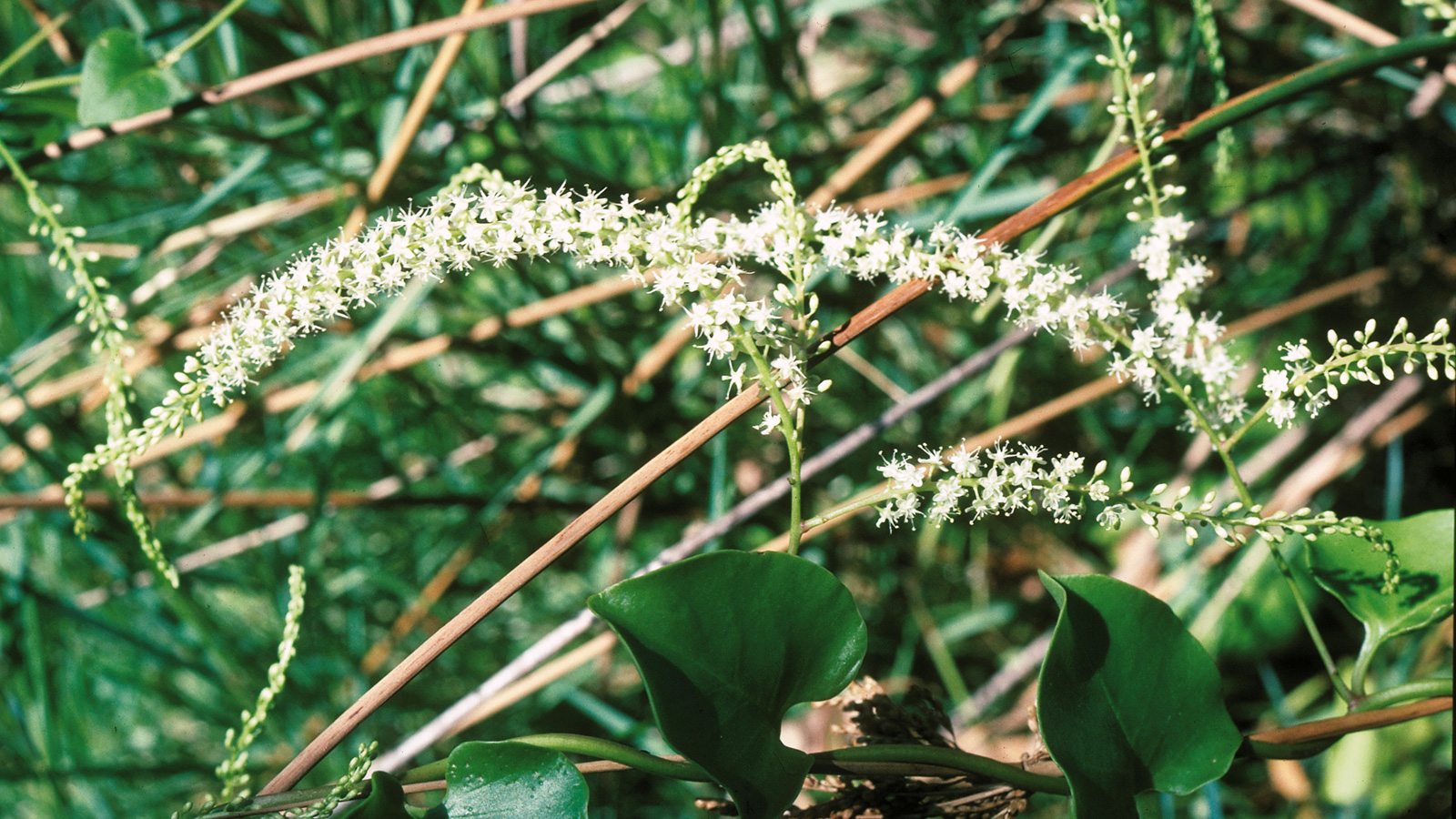With so many wanting to be outdoors instead of indoors, and then wondering what to do to ‘keep moving’ while there, an opportune time to rid our gardens of the weeds that spread into our bush reserves and playfields presents itself, especially in the case of those like lantana or cassia senna, currently easy to spot with those bright yellow flowers. Weeds such as this, imported from other places prior to Australia working out they don’t suit here, spread into areas they shouldn’t be, displacing the native vegetation and this as a food source for native animals.
For some ideas on Native plants for your garden, please visit Tips for Growing a Native Garden or Native Plant Garden for A Fairy Arbouror Reducing Ticks in Your Garden: Garden care, Plants that Repel, What to Wear Outdoors orAttracting Insectivore Birds to Your Garden: DIY Natural Tick Control
Below runs those that may be found in your garden, along with photographs to identify them by. Johnson Brothers Mitre 10 stocks all your garden needs and, as can be read above, can arrange for to pick them up or have them delivered to you. There are also currently a number of Clearance Specials and New Products for those who want to spruce up their outdoor decks – you can order these online and pick them up from your local Johnson Brothers Mitre 10 store. Examples run below.
A comprehensive list of weeds listed by the NSW Department of Primary Industries is available at: weeds.dpi.nsw.gov.au/WeedListPublics
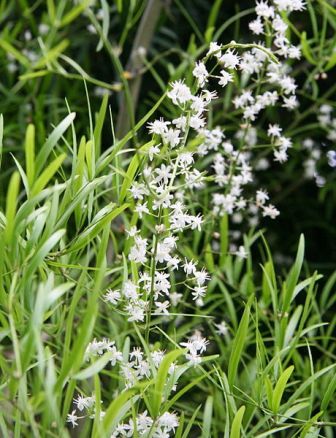 Weed Alert: Sicklethorn – Asparagus falcatus
Weed Alert: Sicklethorn – Asparagus falcatus
In 2012, the Australian Weeds Committee declared this Asparagus fern species a Weed of National Significance (WoNS).
Just two years later it is now a designated Class 2 Noxious Weed. A robust, invasive climber bearing hard, hooked thorns on light grey woody stems, Asparagus falcatus, can reach a height of 6 metres or more into the canopy. The leaves are shiny dark green, sickle shaped with wavy margins and clusters of small white flowers produce green seeds that mature to red.
Already a problem weed in the mid north coastal region, Sicklethorn has more recently been identified in and around several of Council’s creekline riparian zones however it is also gaining a foothold (or thornhold!) in less moist, semi-shaded conditions and surviving cooler temperatures than its subtropical African and Sri Lankan origins.
In a co-ordinated effort to control outbreaks and halt further spread of A. falcatus, Council contractors have targeted this noxious weed wherever it has been identified on public land. Adjacent private properties have been subsequently inspected and if found, owners alerted and issued with Notices to eradicate.
If you think you have seen this plant or have it growing on your property, please contact Council’s Noxious Weed Officer for further information on 9970 1364
Asparagus falcatus photo by Michael Wolf
New Noxious Weed List Update
In February 2014, the Department of Primary Industries announced that Weed Control Order No. 30 was gazetted resulting in many of these ‘wish list’
weeds being included in the new legislation.
Currently, under the Noxious Weeds Act 1993, private property landholders are obliged to control identified noxious weeds under 5 different Classes. Only the following more familiar weed species known to be in Pittwater are highlighted below for your information.
For a comprehensive list please refer to www.dpi.nsw.gov.au/aboutus/about/legislation-acts/noxious-weeds.
Class 1 – State Prohibited Weeds
Control Measure: The plant must be eradicated from the land and the land must be kept free of the plant. This is an all of NSW declaration.
The control objective for plants to which Class 1 applies is to prevent the introduction and establishment of those plants in NSW.
- Boneseed (Chrysanthemoides monilifera subspecies monilifera) formerly Class 2.
- Salvinia molesta formerly Class 2. Class 2 – Regionally Prohibited Weeds. Control Measure: The plant must be eradicated from the land and
the land must be kept free of the plant. The control objective for plants to which Class 2 applies is to prevent the introduction and establishment
of those plants in parts of NSW. - Broad-leaf Peppertree/Brazilian mastic (Schinus terebinthifolius)*.
- Sicklethorn (Asparagus falcatus). Class 3 – Regionally Controlled Weeds. Control Measure: The plant must be fully and continuously suppressed
and destroyed (and the plant must not be sold, propagated or knowingly distributed). The control objective for plants to which Class 3 applies
is to reduce the area and the negative impact of those plants in NSW. - Honey Locust Tree (Gleditsia triacanthos)*.
Class 4 – Locally Controlled Weeds
The growth of the plant must be managed in a manner that continuously inhibits the ability of the plant to spread and/or (the plant must not be sold,
propagated or knowingly distributed).
The control objectives for plants to which Class 4 applies is to minimise the negative impact of those plants on the economy, community or environment
of NSW.
- Edible Asparagus (Asparagus officinalis). Whole of NSW declaration.
- Balloon vine (Cardiospermum grandiflorum)
- Camphor laurel (Cinnamomum camphora)*
- Cassia/Senna (Senna pendula var. glabrata)
- Cat’s Claw Creeper (Dolichandra unguis-cati)
- Chinese celtis/Hackberry (Celtis sinensis)*
- Cockspur coral tree (Erythrina crista-galli)*
- Coolatai grass (Hyparrhenia hirta)
- Dolichos pea (Dipogon lignosus)
- Fireweed (Senecio madagascariensis)
- Indian Hawthorn (Rhaphiolepis indica)
- Japanese honeysuckle (Lonicera japonica)
- Jasmine (Jasminum polyanthum)
- Mother of Millions (Bryophyllum daigremontianum)
- Scotch/English Broom (Cytisus scoparius subsp. scoparius)
- Tree of Heaven (Ailanthus altissima)*
- Tussock paspalum (Paspalum quadrifarium). Formerly Class 3.
- Yellow Bells (Tecoma stans)
*Currently exempt from Council’s DCP Control B4.22 Preservation of Trees or Bushland Vegetation.
The elevated noxious weed status bestowed on a ‘plant out of place’ means that these invasive weed species can be forcibly targeted for control, significantly reducing their potential to become a widespread problem in the natural environment.
Noxious weed status also increases potential for external funding to facilitate effective control programmes where current council resources are at capacity.
Of course there are still a large number of plants that are not listed noxious weeds but still have the potential to invade and alter our precious natural areas. However as individuals we can all do our bit to understand better and actively reduce the spread of undesirable plants by choosing to grow native plants endemic to the area.
Carefully consider new species selection if purchasing from commercial plant nurseries, markets or even on the internet, maintain a weed-free garden to reduce the seed spread or become an active Bushcare volunteer!
Noxious Weed Act – 1993 – Five Control Classes
The Noxious Weeds Act 1993 specifies five control classes. Every declared noxious weed is placed within a class. Following are the five classes and the specified action for each class:
Class 1: State Prohibited Weeds*
Class 1 noxious weeds are plants that pose a potentially serious threat to primary production or the environment and are not present in the State or are present only to limited extent.
The Noxious Weed Act 1993 requires for a Class 1 noxious weed, “The plant must be eradicated from the land and the land must be kept free of the plant.” The control objective for weed control Class 1 is to prevent the introduction and establishment of those plants in NSW.
Class 2: Regionally Prohibited Weeds*
Class 2 noxious weeds are plants that pose a potentially serious threat to primary production or the environment of a region but are not present in the region or are present only to limited extent.
The Noxious Weed Act 1993 requires for a Class 2 noxious weed, “The plant must be eradicated from the land and the land must be kept free of the plant.” The control objective for weed control Class 2 is to prevent the introduction and establishment of those plants in parts of NSW.
Class 3: Regionally Controlled Weeds
Class 3 noxious weeds are plants that pose a serious threat to primary production or the environment of an area and are not widely distributed in the area but are likely to spread in the area or to another area.
The Noxious Weed Act 1993 requires for a Class 3 noxious weed, “The weed must be fully and continuously suppressed and destroyed.” The control objective for weed control Class 3 is to reduce the area and impact of those plants in parts of NSW.
Class 4: Locally Controlled Weeds
Class 4 noxious weeds are plants that pose a serious threat to primary production, the environment or human health, are widely distributed in an area and are likely to spread in the area or to another area.
The Noxious Weed Act 1993 requires for a Class 4 noxious weed that “The growth of the plant must be managed in a manner that reduces its numbers spread and incidence and continuously inhibits its reproduction. Many listed Class 4 weeds have an extra requirement that they not be sold, propagated or knowingly distributed.”
The control objective for weed control Class 4 is to minimise the negative impact of those plants on the economy, community or environment of NSW.
Class 5: Restricted Weeds*
Class 5 noxious weeds are plants that are likely, by their sale or the sale of their seeds or movement within the State or area of the State, to spread in the State or outside the State.
The Noxious Weed Act 1993 requires for a Class 5 noxious weed, “The requirements in the Noxious Weeds Act 1993 for a notifiable weed must be complied with.”
The control objective for weed control class 5 is to prevent the introduction of those plants into NSW, the spread of those plants within NSW or from NSW to another jurisdiction. The aim is to prevent their sale, propagation and distribution.
* Class 1, 2 and 5 weeds are Notifiable Weeds under the Noxious Weeds Act 1993.
As Notifiable weeds their presence must be reported by occupiers becoming aware of any plants on the land. They also must not be sold, propagated or knowingly transported.
Noxious Weeds – Identification Pictures
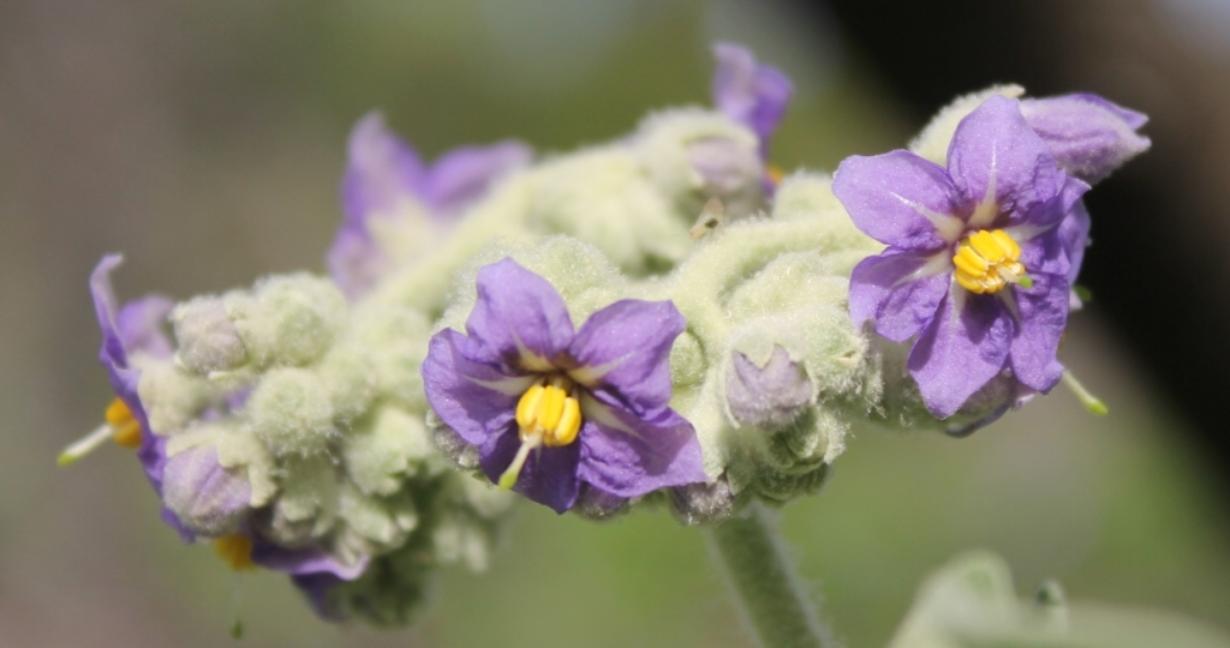
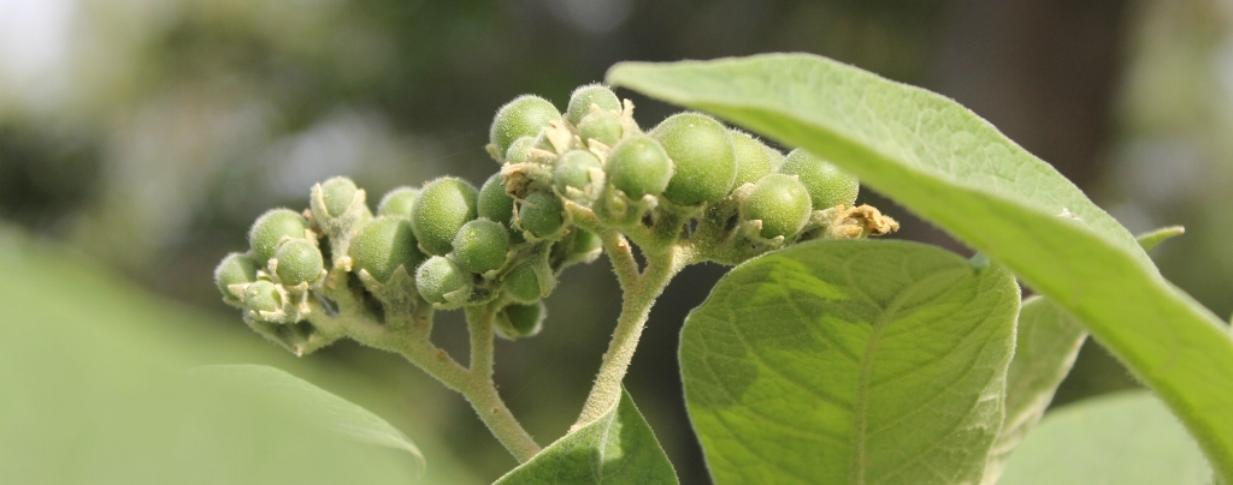
Wild tobacco (Solanum mauritianum) and berries – photograph by A J Guesdon, 2014.
.jpg?timestamp=1398813989584)
Boneseed (Chrysanthemoides monilifera subspecies monilifera)
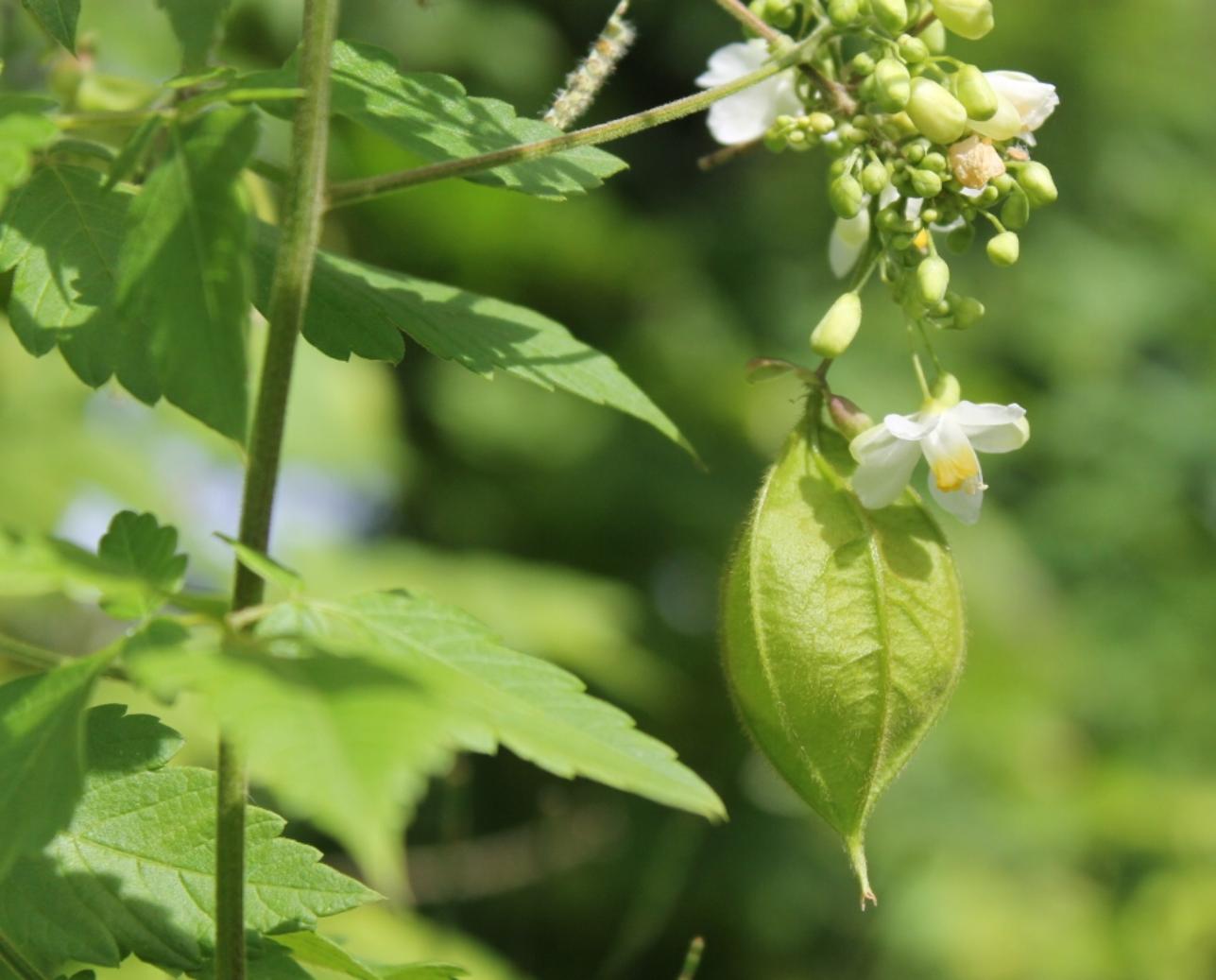
Balloon vine (Cardiospermum grandiflorum) photo by A J Guesdon.
.jpg?timestamp=1398815702348)
Camphor laurel (Cinnamomum camphora)* by Peter Woodard
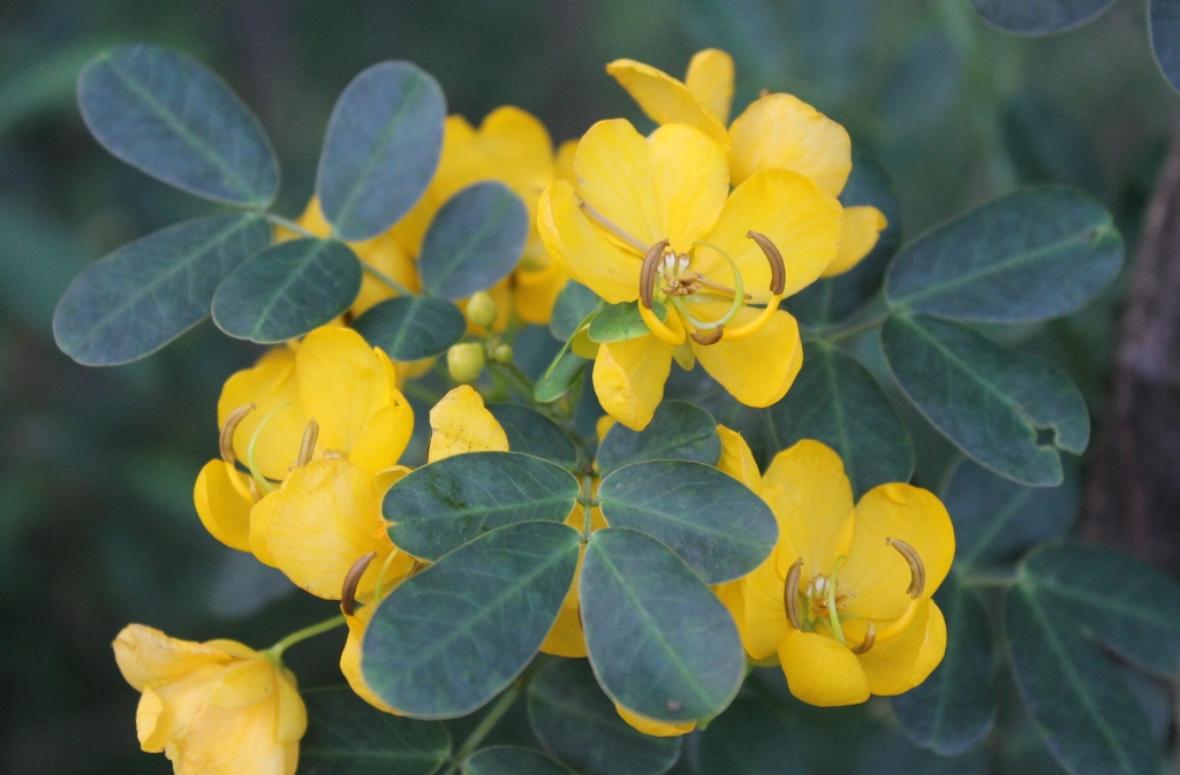
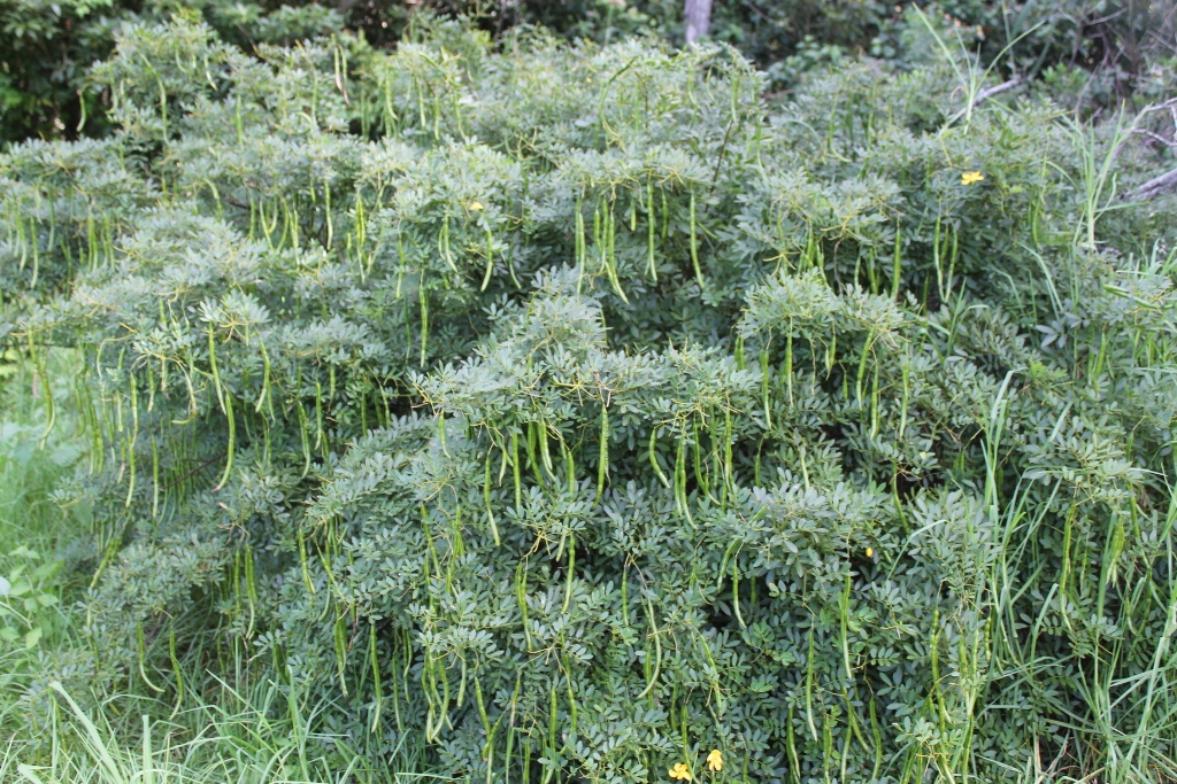
Cassia/Senna (Senna pendula var. glabrata) + one covered in seed pods – photo by A J Guesdon.
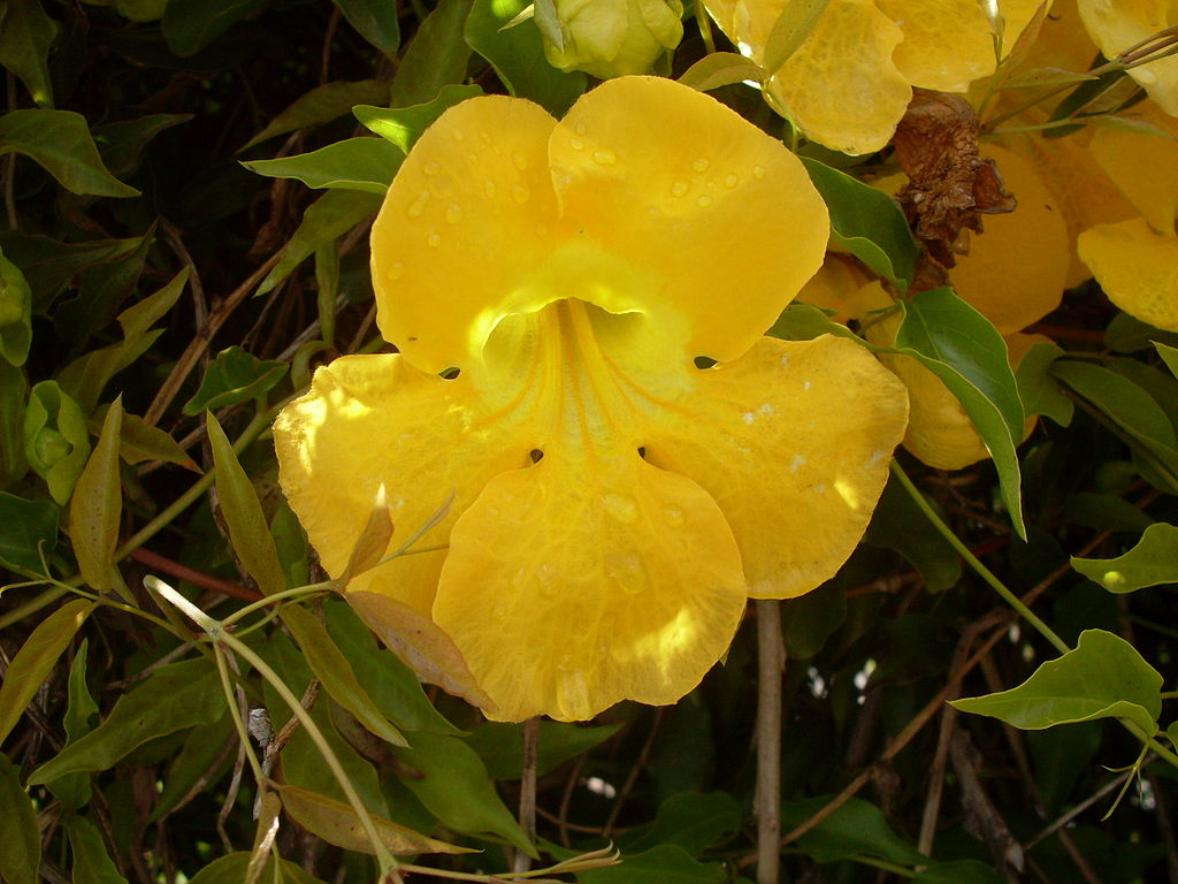
Cat’s Claw Creeper (Dolichandra unguis-cati) by John Tann
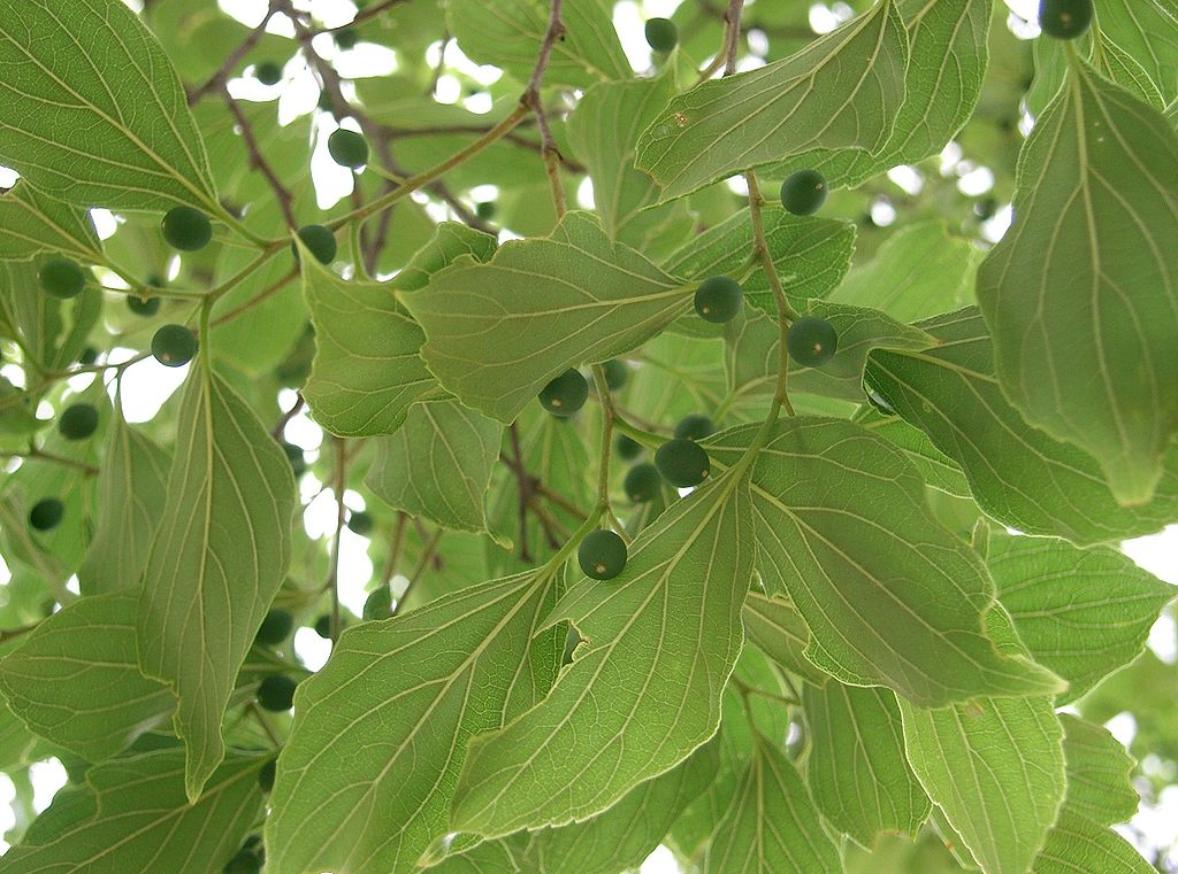
Chinese celtis/Hackberry (Celtis sinensis) by KENPEI
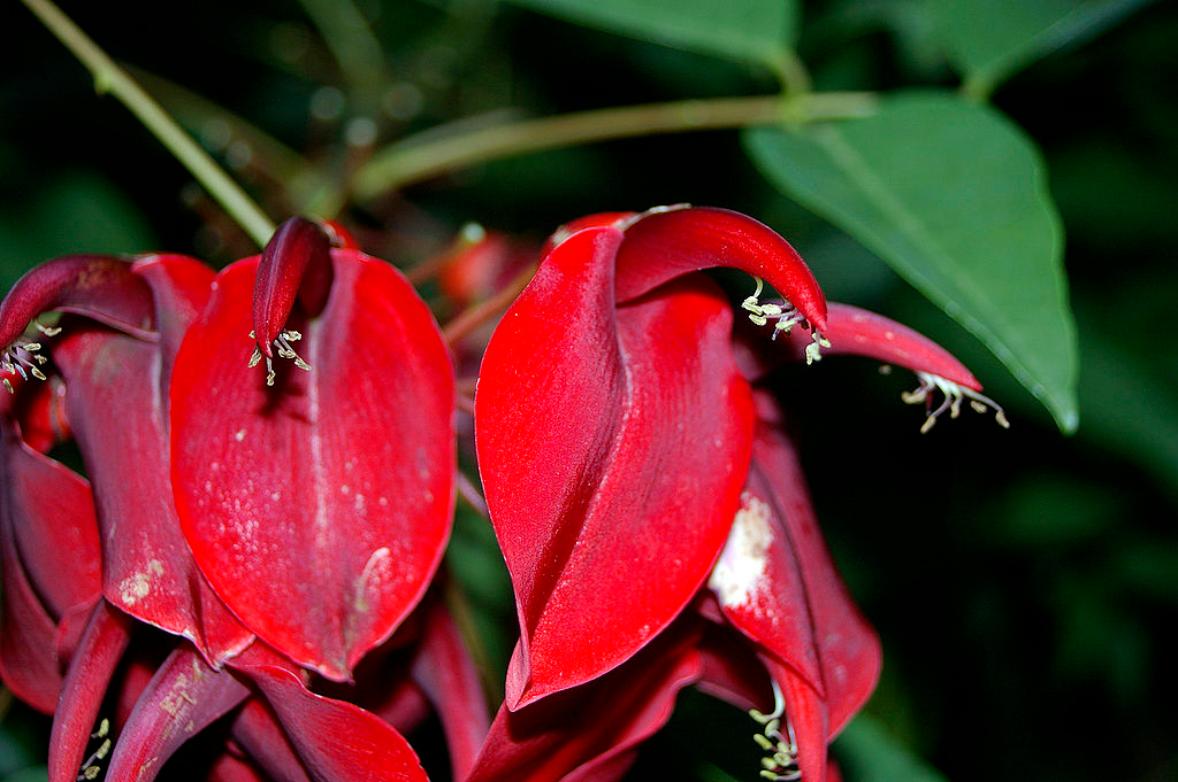
Cockspur coral tree (Erythrina crista-galli) by Bidgee
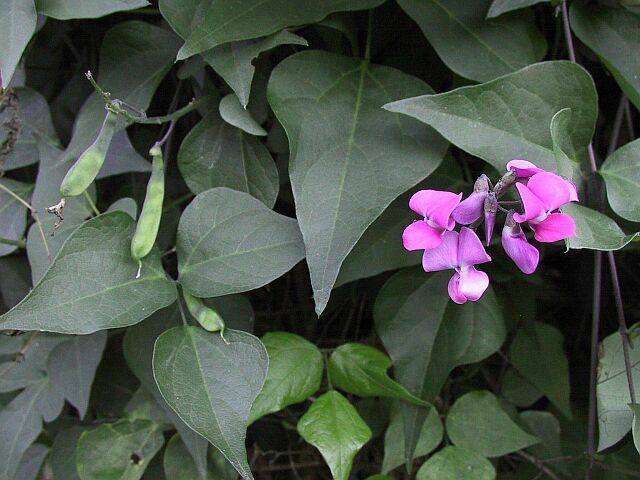
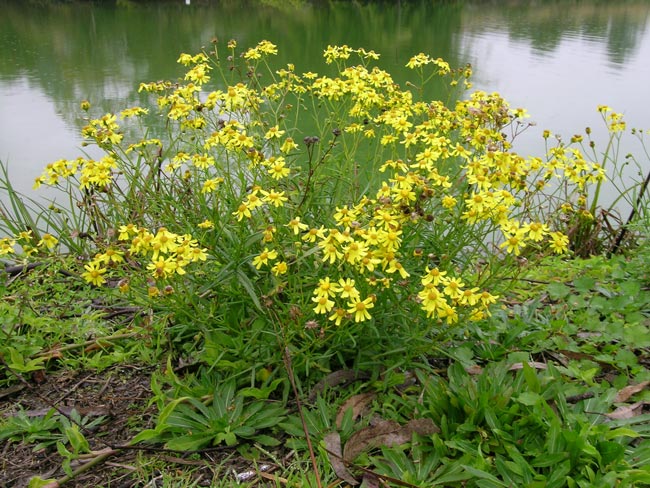
Dolichos pea (Dipogon lignosus) courtesy Eurobodalla Shire Council Fireweed (Senecio madagascariensis) Photo by H. Rose.
.jpg?timestamp=1398817716994)
_at_a_distance.jpg?timestamp=1398817731882)
Edible Asparagus (Asparagus officinalis) Indian Hawthorn (Rhaphiolepis indica) Photos by Dave Whitinger
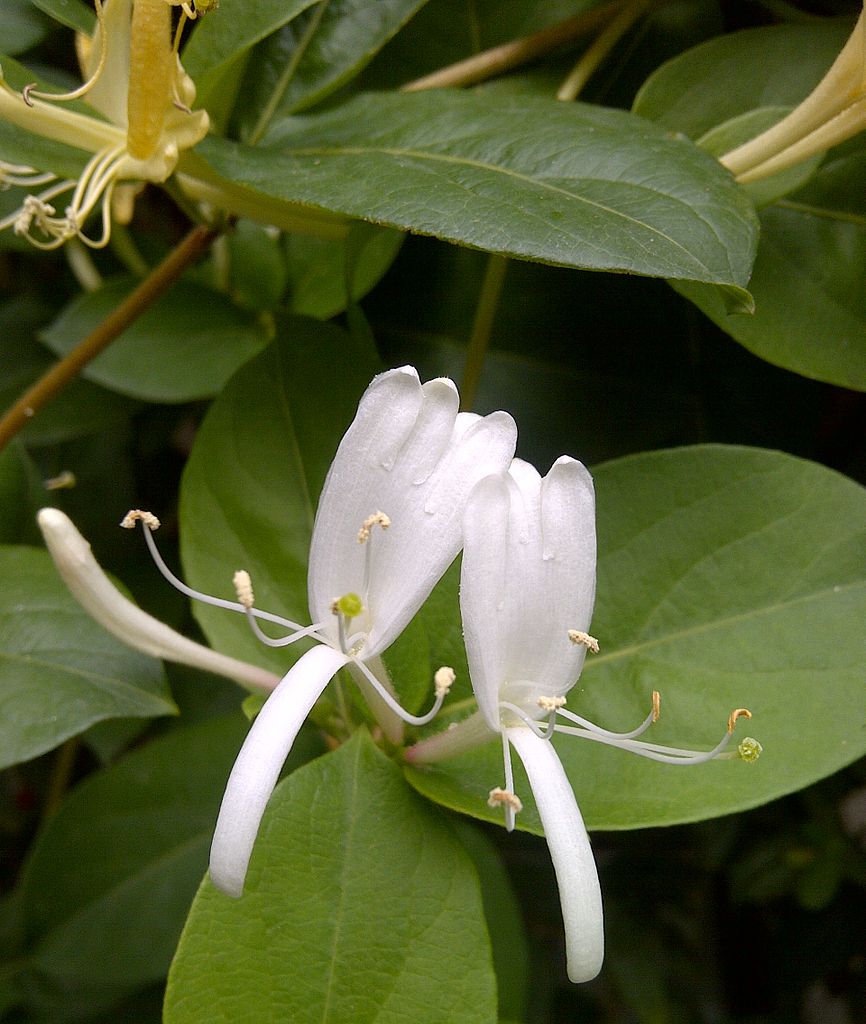
Japanese honeysuckle (Lonicera japonica) Photo by Aftabbanoori
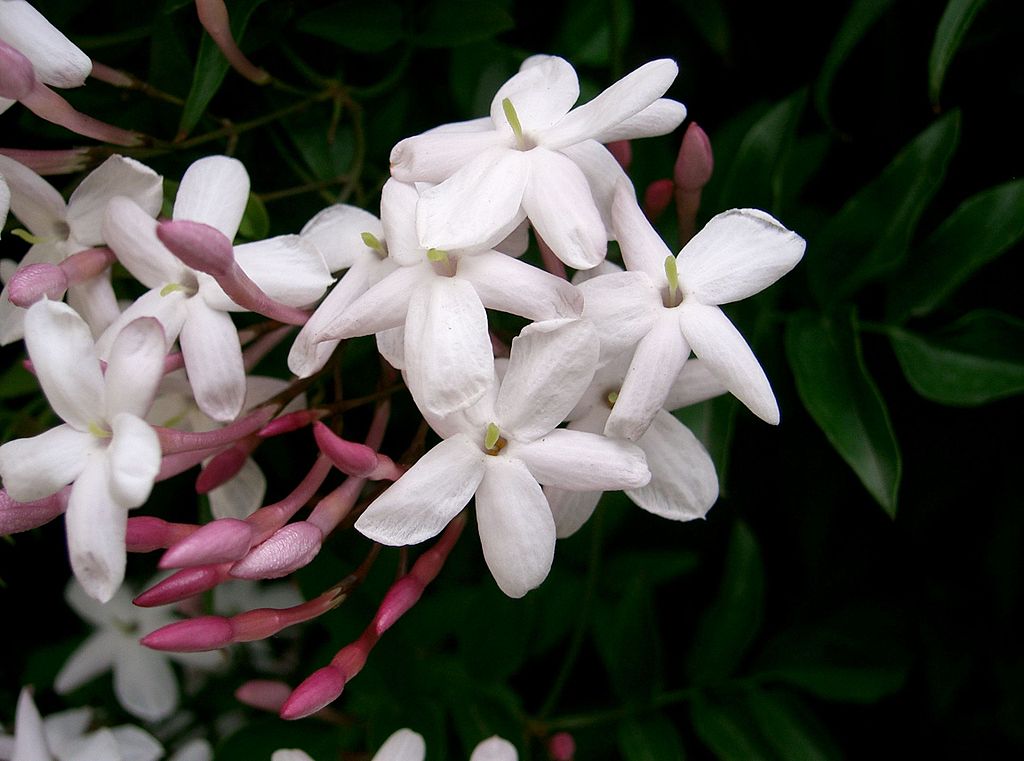
Jasmine (Jasminum polyanthum) Photo by KENPEI
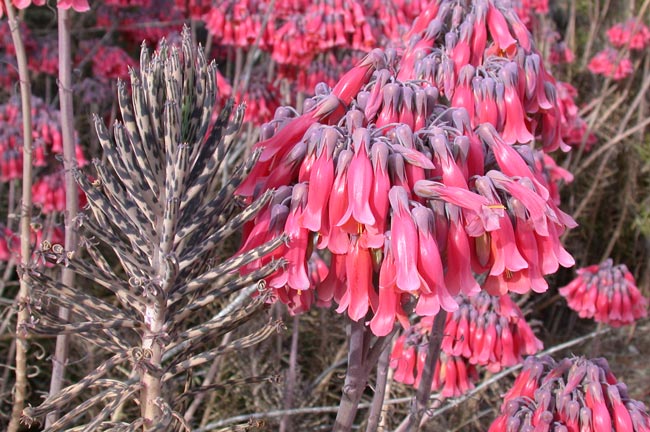
Mother of Millions (Bryophyllum daigremontianum) Photos by John Hosking.
Scotch/English Broom (Cytisus scoparius subsp. scoparius) Photo by Danny S.
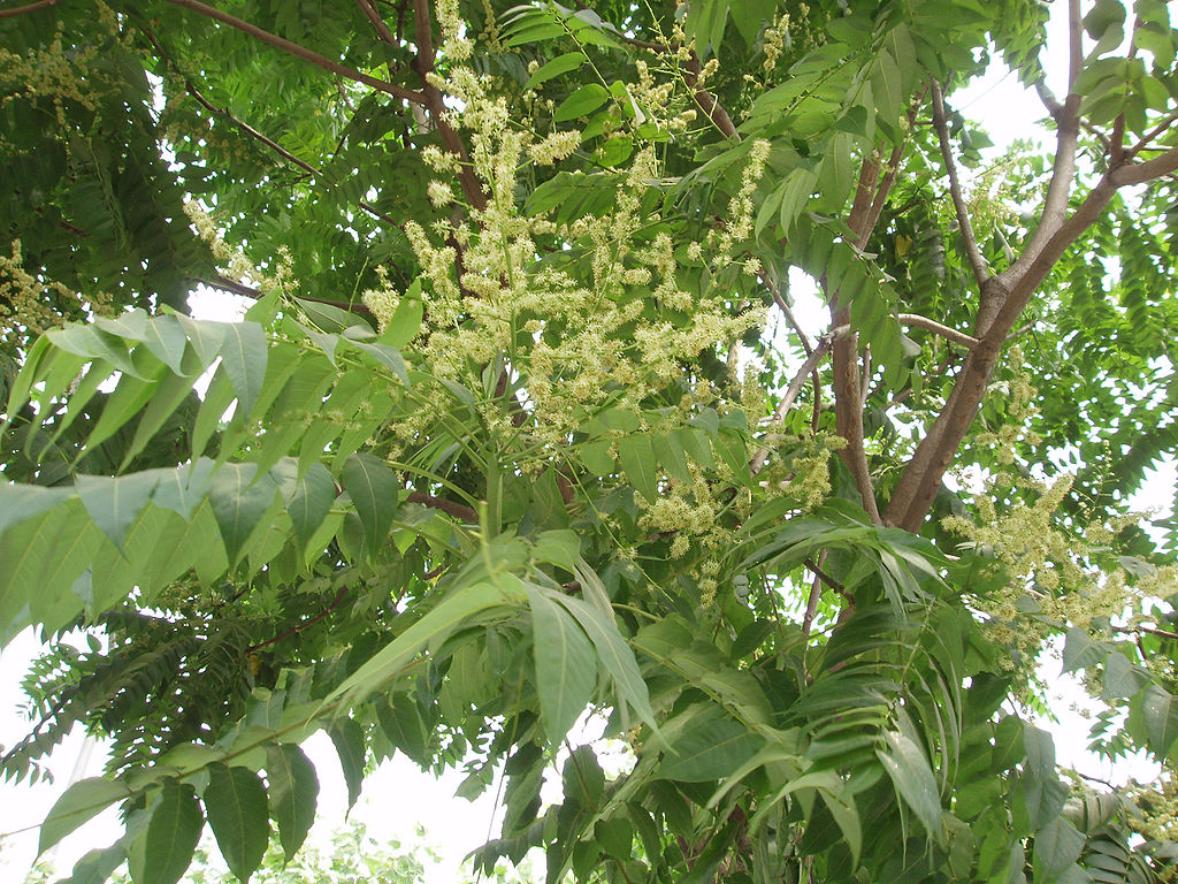
Tree of Heaven (Ailanthus altissima) Photo by Fanghong.
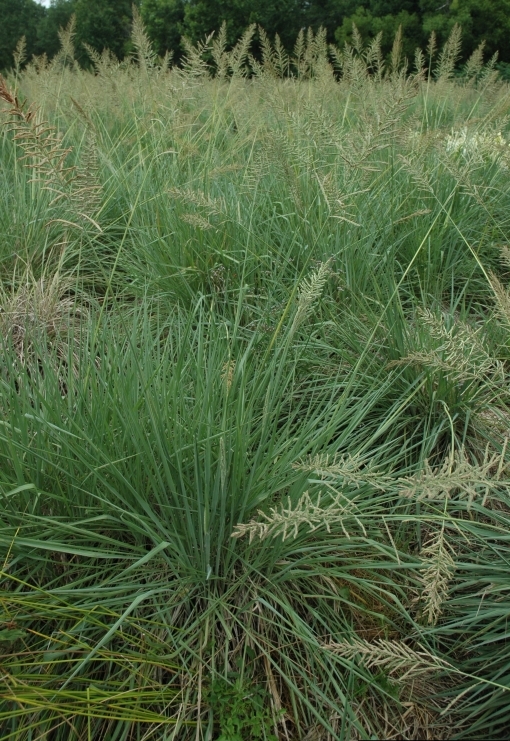
Tussock paspalum (Paspalum quadrifarium) Photo by David J. Moorhead.
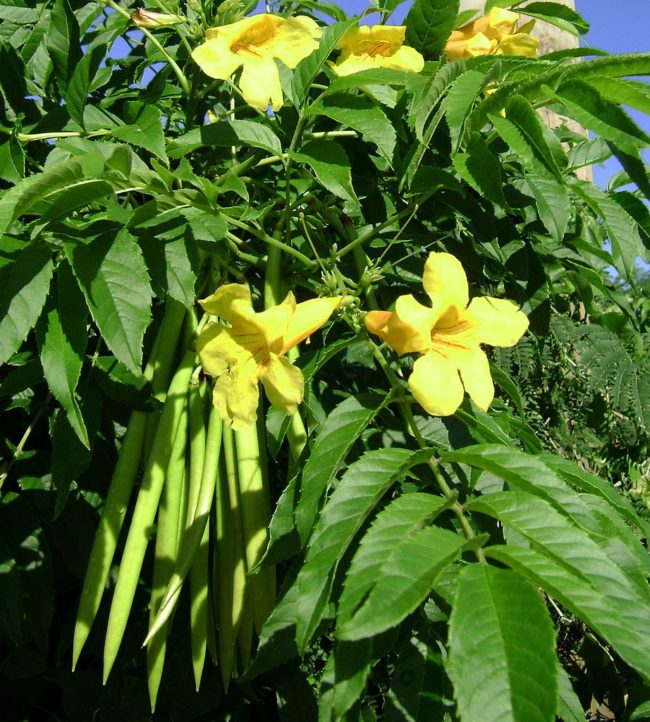
Yellow Bells (Tecoma stans) Photo by Tau’olunga.
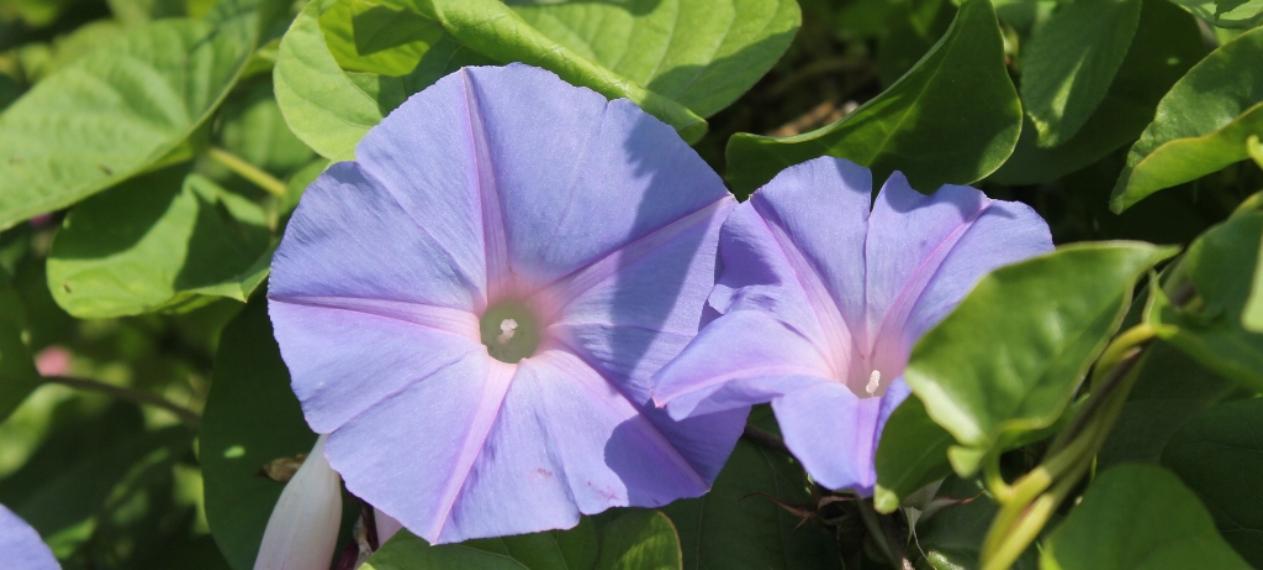
Blue morning glory (Ipomoea indica) photo by A J Guesdon
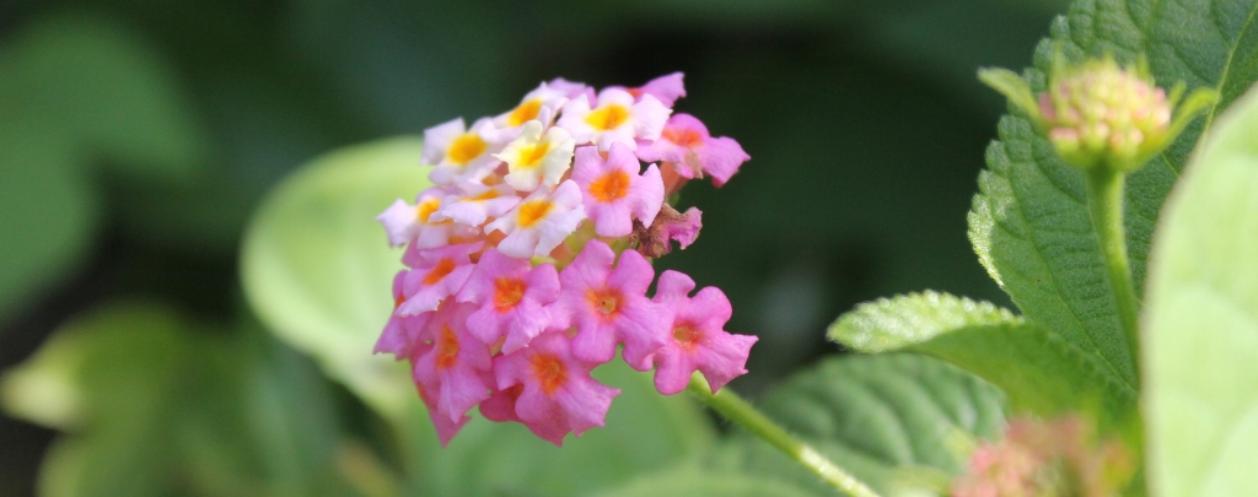
Lantana (Lantana camara) and creeping lantana (Lantana montevidensis) photo by A J Guesdon
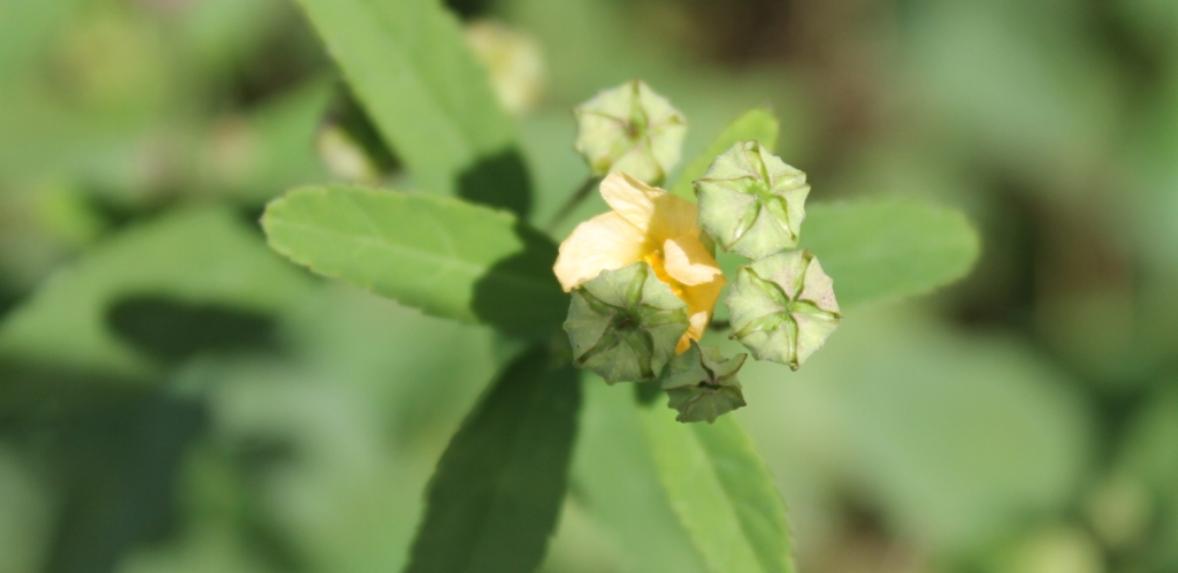
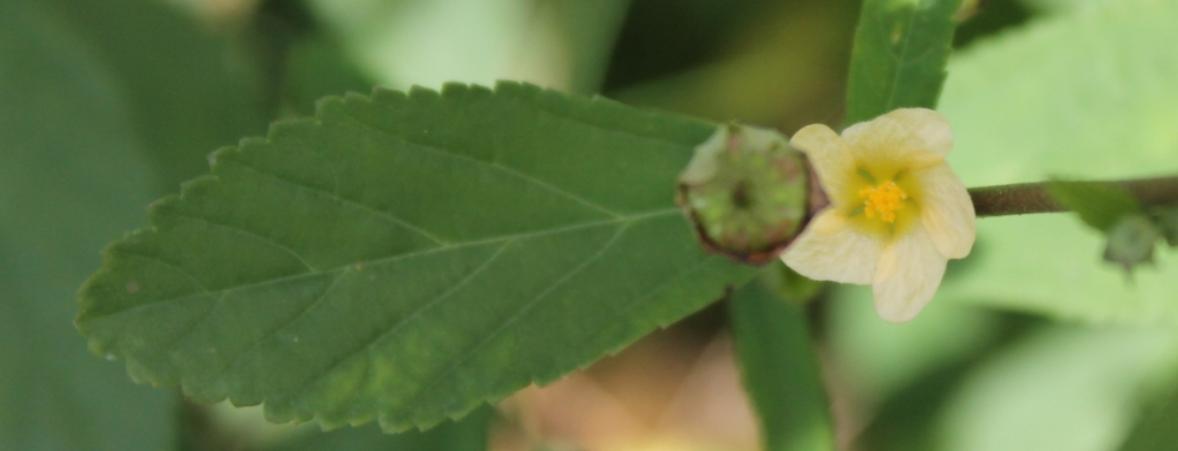
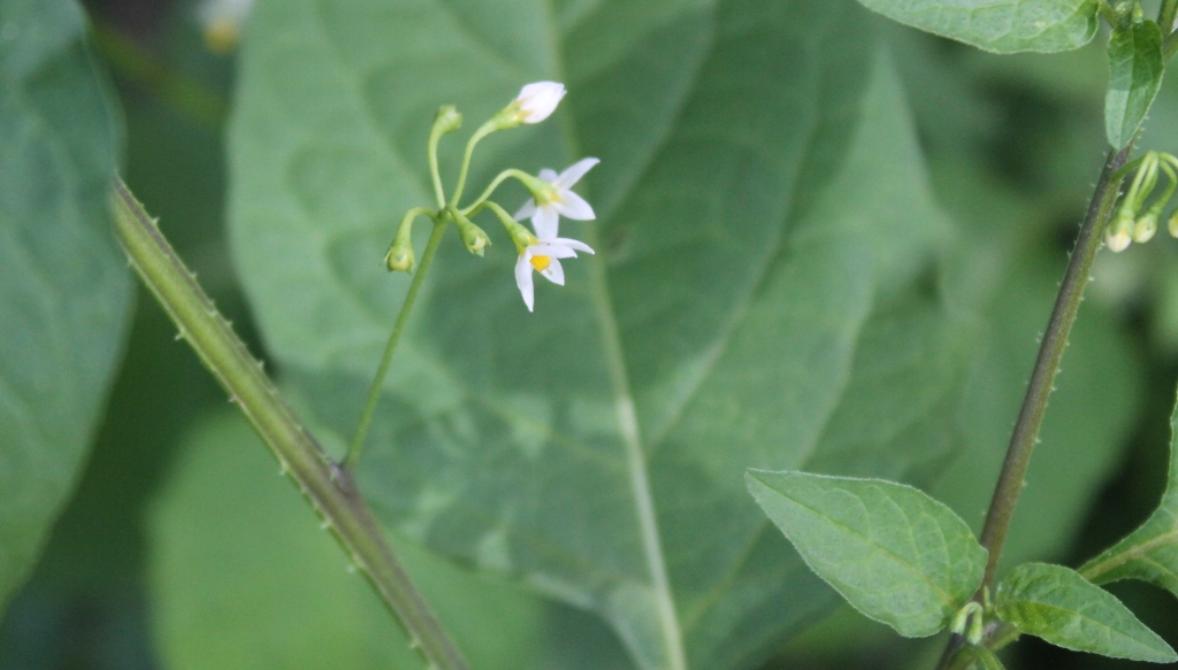
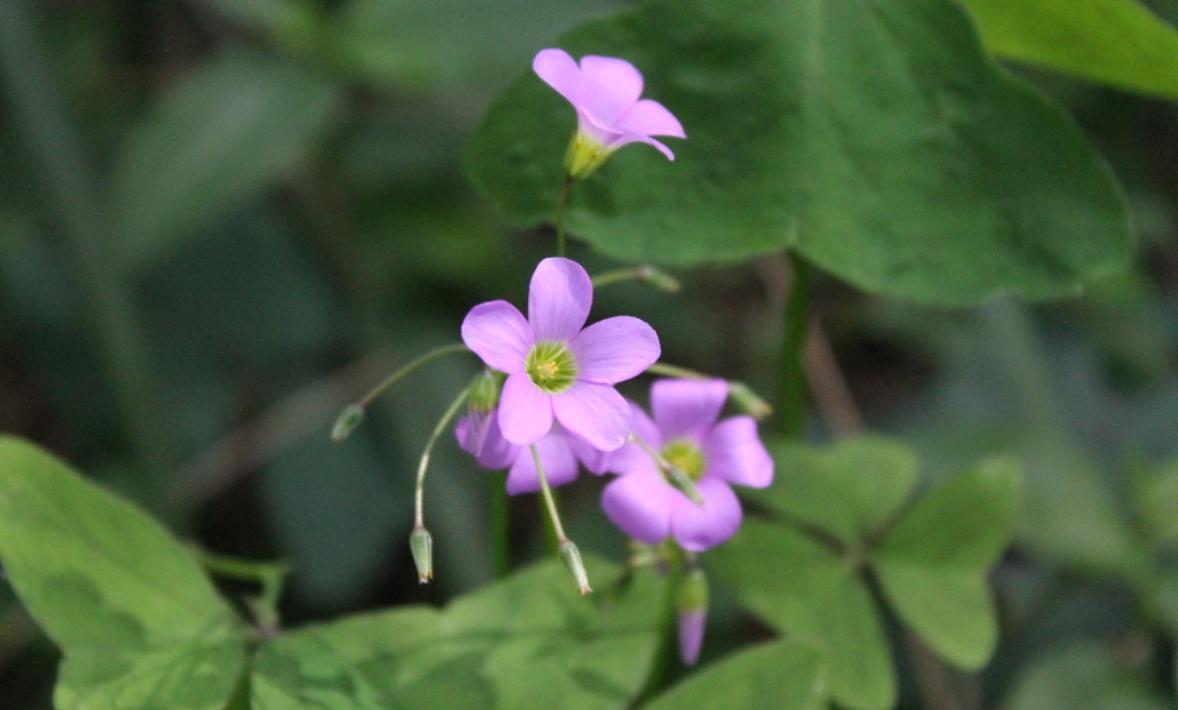
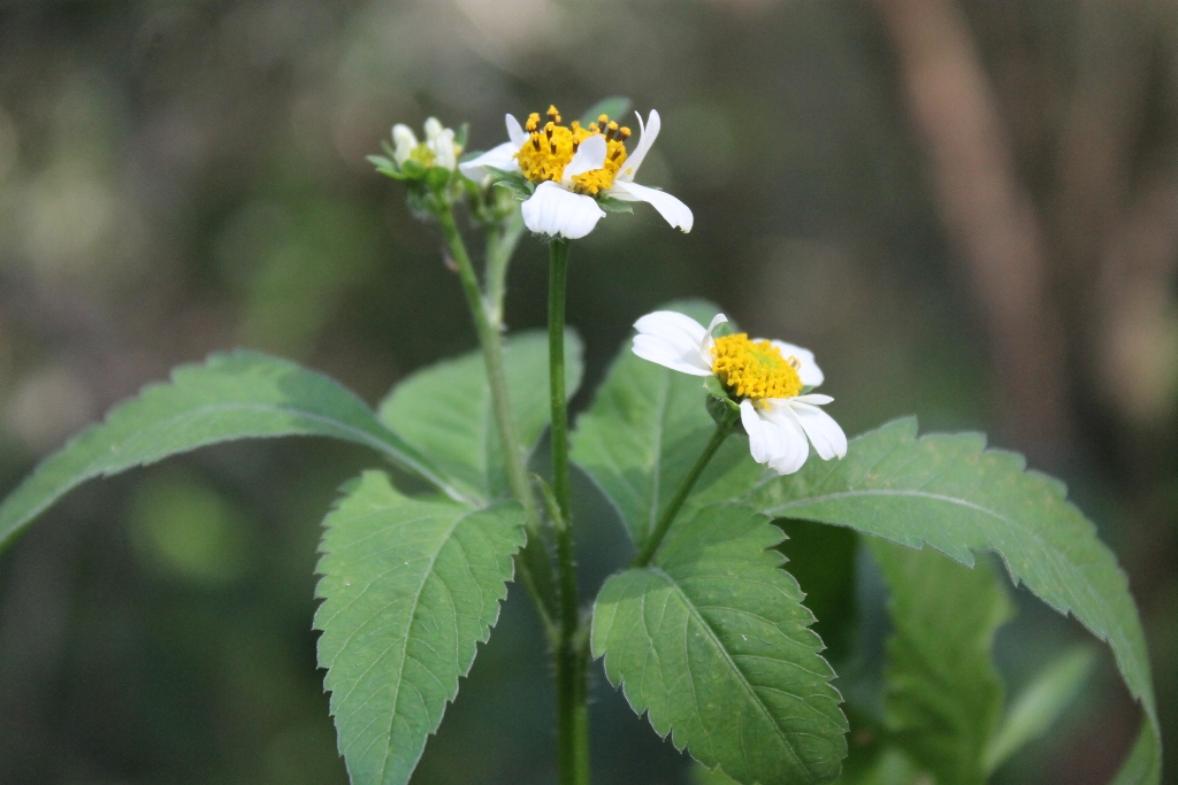
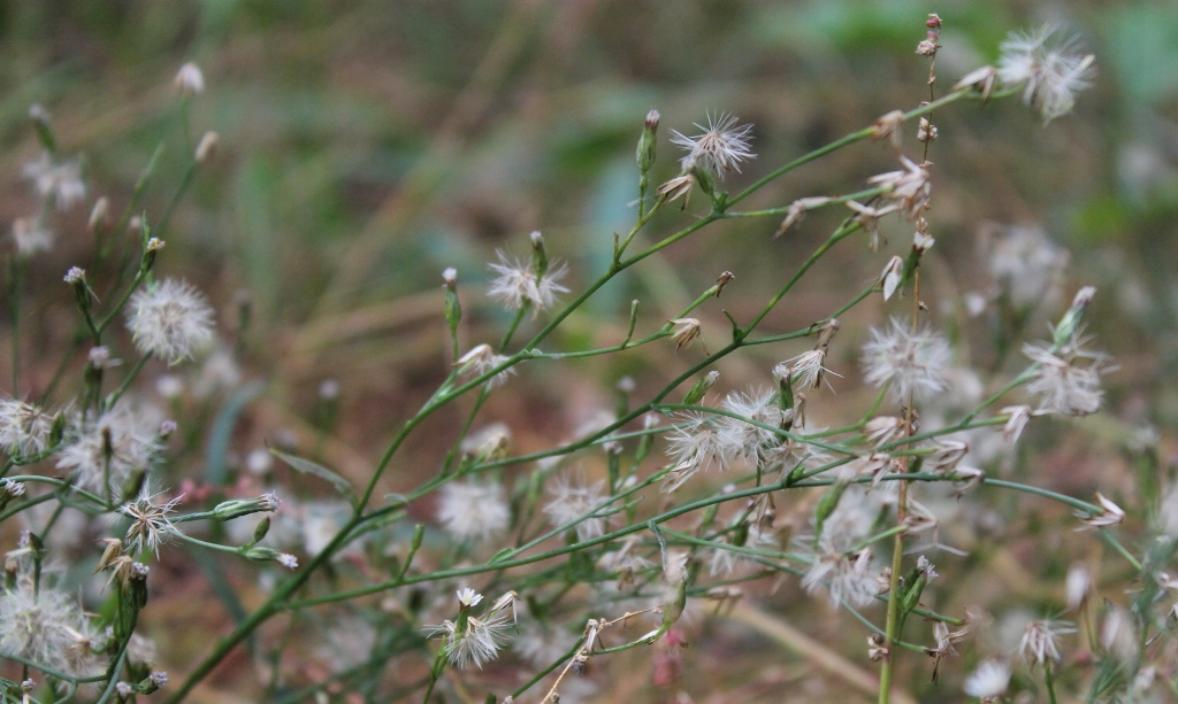
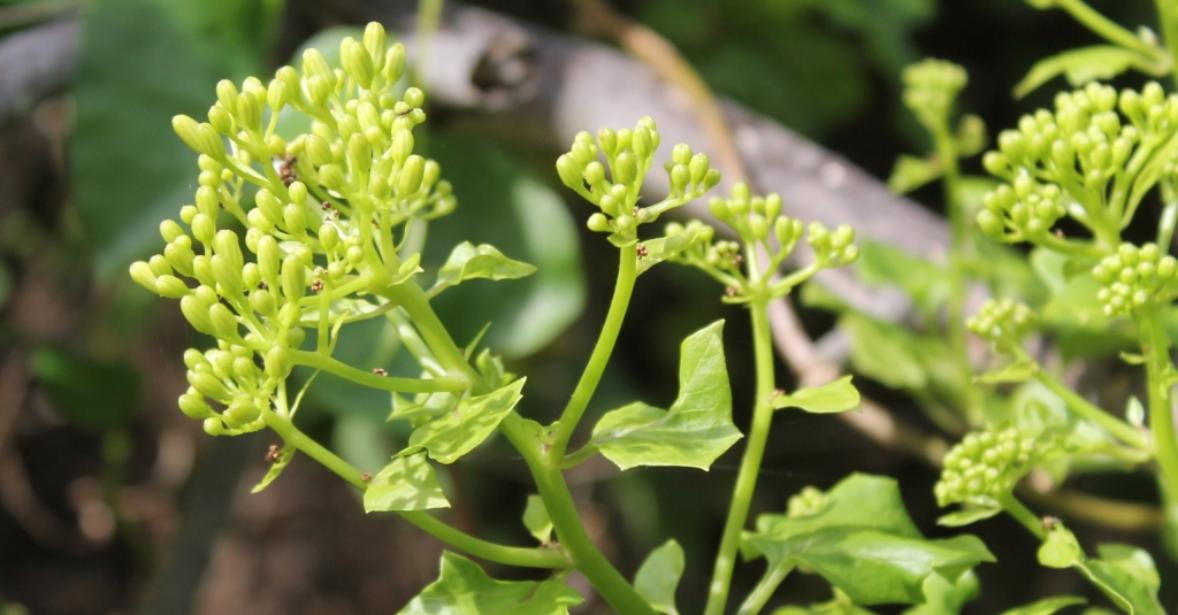
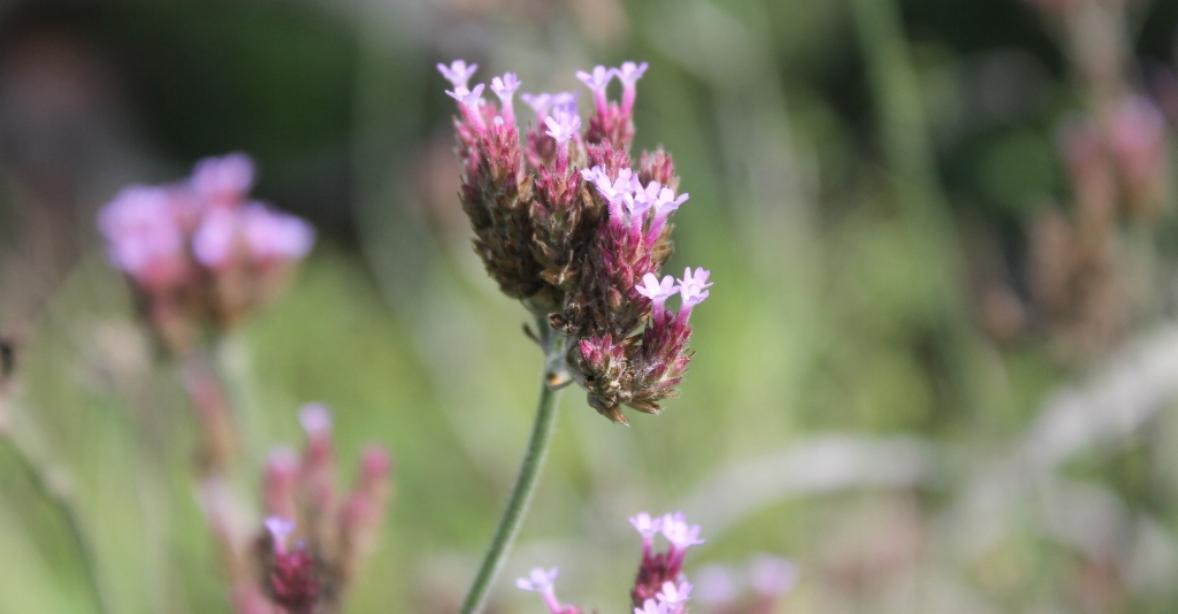
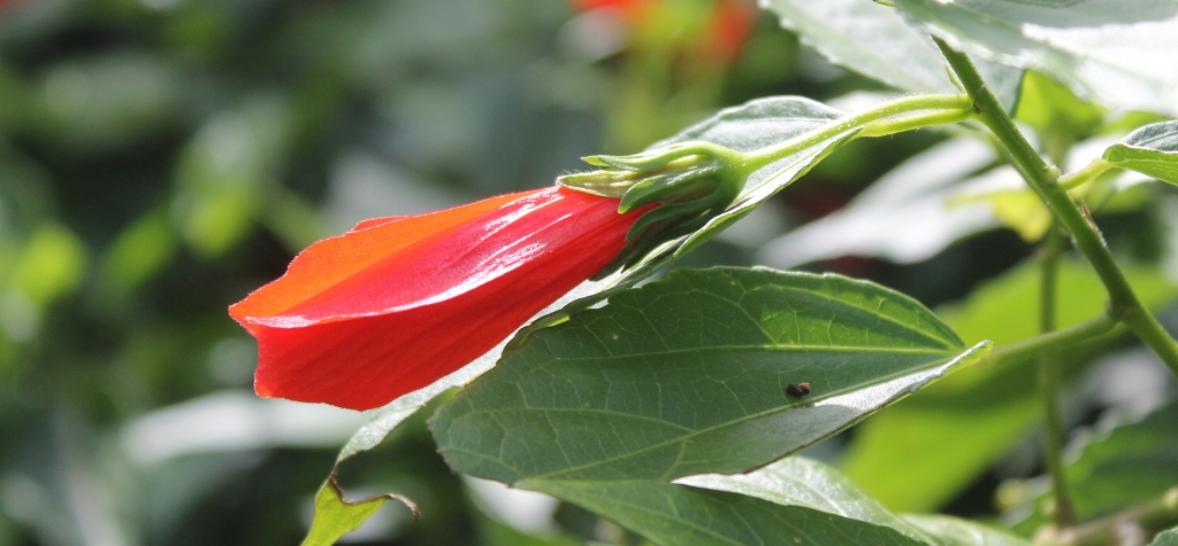
Hibiscus – has been dumped in local reserve and now taking over. photo by A J Guesdon
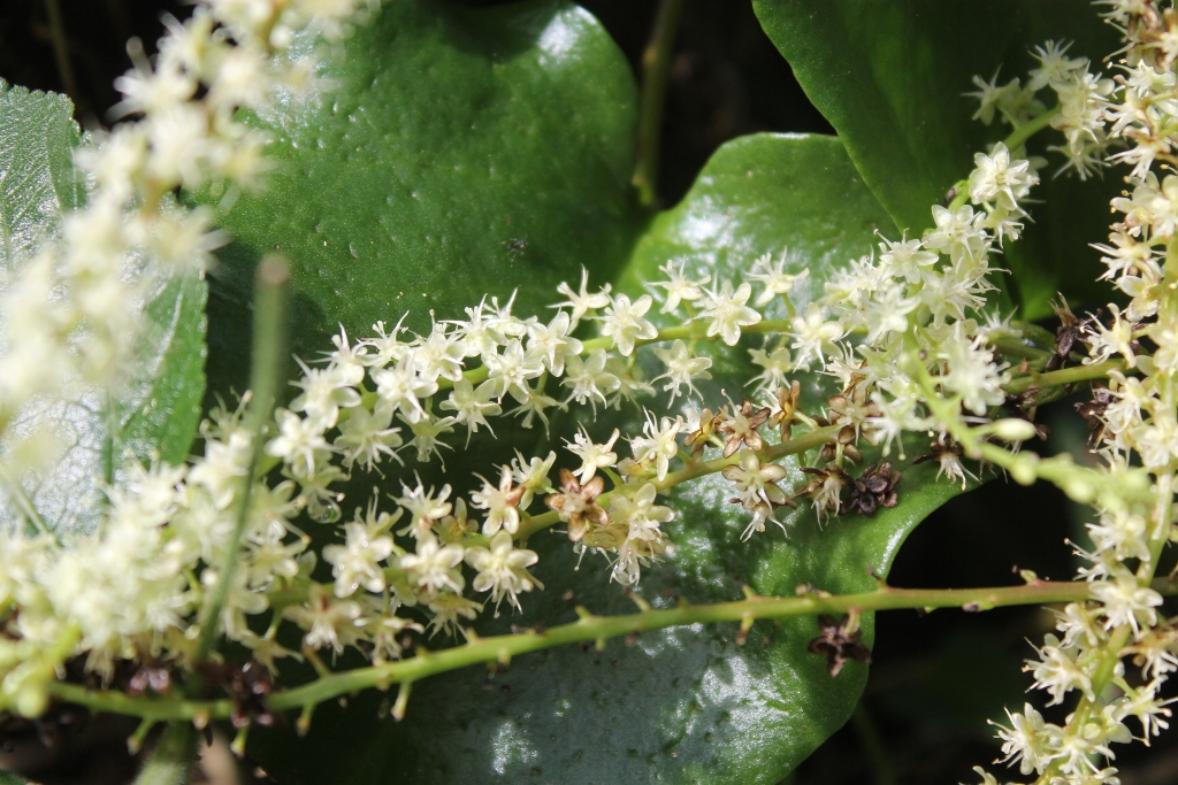
Madeira Vine (Anredera cordifolia) photo by A J Guesdon
Also see: The weeds section in this website
Source: Pittwater Online News
